There are actually multiple chakras, but for now we are just going to concentrate on the vital 12 chakra system, an extension of the seven body chakras that are fairly well-known throughout the world.
The earliest mention of chakras is found in the ancient Vedic texts of the Upanishads and the Puranas. The art of using the correct channels of breathing (nagis) was developed thousands of years ago and is still practised by eastern ‘religions’.
“You are the one sitting in the Muladhara, you are the one who pierce the knot of Brahma (Brahma Granthi). You are the one in the Manipura, you are the one who pierce the knot of Vishnu (Vishnu Granthi). You are the one in the Ajna Chakra, you are the one who pierce the knot of Rudra (Rudra Granthi). And reaching in the Sahasrara you rain the Nectar (Soma) / Amrita there. Bright like Lightning you reach above the Six chakras. You are Kundalini the great energy which is subtle in nerves.” ~ Lalita Sahasranama stotra from Brahmanda Purana
Although there is no visual evidence to support a chakra system exists in the physical body, there is plenty of physical evidence as anybody that is able to meditate and feel the energy of the chakras will attest.
The Universe and the human body is made from the same compounds, atoms and chemicals that transfer and transform via the electromagnetic force. Essentially we are connected to the energies of the Universe by electromagnetic energy.
The chakras are rotating energy vortexes that receive, absorb and release the cosmic energy. We take energy in, absorb the energy, then release it. The energy we release manifests as reality.
These energy centres also play a crucial role in the well-being of a person. They can affect our physical, mental and spiritual health. How we think and behave impacts our chakras so if our emotions are not balanced our chakras are out of sync.
When chakras are inactive and unbalanced they can negatively affect mood swings, attitudes and even cause serious illness. But when activated and balanced, they can heal serious illness and enhance your vitality and zest for life.
The 12 chakra system described below can be used for transferring and transforming vital energy – our chi or prana as it is known in eastern philosophy. This is the innate power you can use to heal emotional wounds and improve your quality of life.
The seven body chakras start at the base of the spine and run through to the crown of the head – although you could as easily say that the other way round as we receive and emit energy at both ends – from the root chakra and the crown chakra.
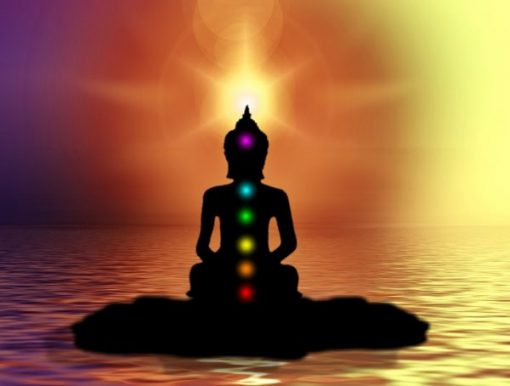
Furthermore, once you raise your consciousness and connect with the 12th Chakra – the Universal chakra, they strengthen the healing qualities of your body chakras. And the best news is, you are already connected with the Universal chakra – you just haven’t realised it yet.
The root chakra is symbolised by the colour red and is found at the base of the spine between the rectum and the sex glands. Its principal function oversees our need for survival and impacts on our vitality and physical strength.
It is associated with the element of earth and when activated and balanced means you are grounded, “down-to-earth” and feel secure in your environment.
When underactive, blocked or out-of-sync, you are disconnected from the world and will often feel insecure, anxious and restless. When overactive, you become angry, impatient and restless far too easily. You are also typically resistant to change.
Related illnesses include a poor immune system, eating disorders, fatigue, depression and suicidal tendencies.
To unblock the root chakra and bring it into balance try this meditation.
The sacral chakra or spleen chakra as it might be referred to is one I have had problems with in the past. Identified with the colour orange, the sacral energy vortex is associated with sexual desire, reproduction, joy and creativity.
Connected with feminine energy and the element of water, the sacral chakra plays a close relation to emotions and creativity. When in balance you feel confident and can express yourself freely.
When inactive or blocked you can struggle to understand how you are feeling and often feel detached or void of emotion. On the other hand, when over-active, you are over-emotional, highly strung and, shall we say, a drama queen.
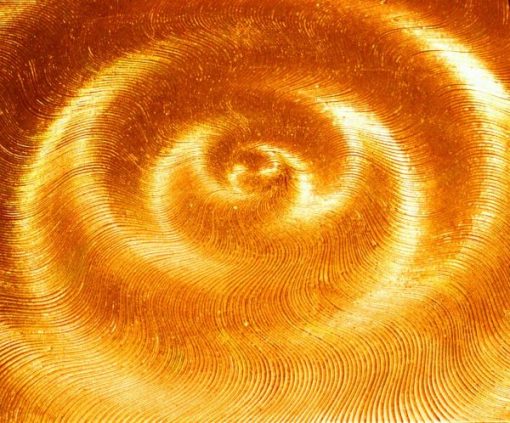
An unbalanced chakra system can wreak havoc with your reproductive system. You may also feel shy or guilty with regards to sex or you have an addiction to sex.
It can affect your ability to conceive. Illnesses associated with a blocked spleen chakra are a problem with the testicles or ovaries, bladder and lower back pain.
To activate and balance your sacral chakra try this meditation.
As the name suggests the solar plexus is associated with the sun and is thus a bright yellow energy vortex which is linked with the element of fire. The solar plexus is a powerful chakra you can meditate on to burn away and dissolve the parts of your ego that do not serve you.
When the solar plexus is open and in sync, you naturally feel confident, self-assured, assertive and bursting with vigour. On the flip side, when the energy centre is not functioning properly you will typically be either timid or aggressive depending on whether it is under-active or over-active.
The type of illnesses caused by an unbalanced or inactive solar plexus is centred around your digestive tract and lead to related illnesses such as diabetes, stomach ulcers, problems with liver or kidney, intestinal tumour, colon disease and hyperglycemia.
The solar plexus is arguably one of the most important vortexes within the 12 chakra system because it is typically put under the most strain. It is through the solar plexus chakra that we express ourselves to the world but also take energy from others.
It is also a region that is very sensitive to energy. It is in the solar plexus chakra that we feel “butterflies”; excitement or fear. You will notice that when you perform self-healing using our chakra healing techniques, it will be the solar plexus chakra where you will mostly feel the build-up of energy that needs to be released.
To heal your solar plexus try this meditation exercise.
The heart chakra influences love, compassion and your ability, or inability, to make bonding relationships. But the heart chakra is also related to self-love which for many people is a step towards self-healing.
When under-active, you can be cold and distant towards others, and when overactive you smother people and become obsessive. Either way, an unbalanced heart chakra can damage your relationships.
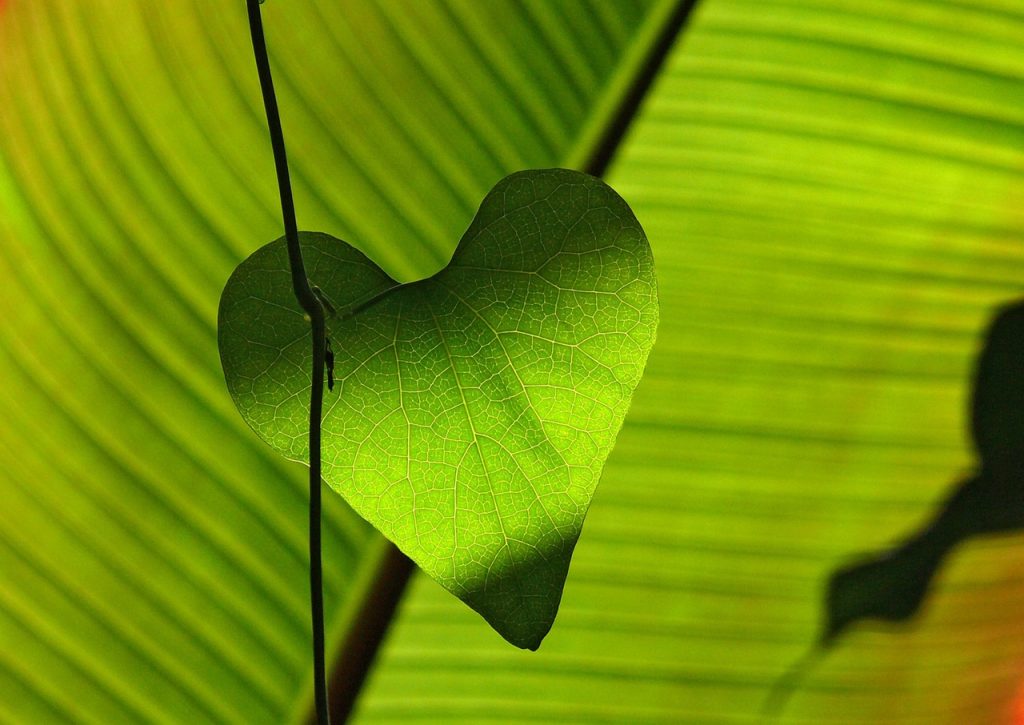
Related illnesses include heart disease, high blood pressure, chest pains, muscular tension and problems with the respiratory system.
To bring your heart chakra into balance try this meditation.
The throat chakra is associated with self-expression, the ability to peak confidently and clearly. People that have a balanced vishuddha, are able to speak articulately and communicate well with people.
If your throat chakra is closed, you are shy, timid and rarely make a contribution to a conversation when in a social circle. This is because you are unsure of yourself and do not have confidence in what you say. You may feel you lack knowledge and feel inferior to those around you.
People that have an overactive vishuddha are usually judgemental and critical of somebody else’s way of life – and may even tell them. They are stubborn, quick to lose temper and shout a lot.
When the throat chakra is out of sync, it can cause issues with your thyroid, neck, shoulders, mouth, tongue, jaw and throat. You may also suffer from swollen glands and hormonal problems.
To activate the throat chakra and bring it into balance try this meditation.
The 3rd eye chakra, or brow chakra, is believed to be the pineal gland in the centre of the brain and is probably mind’s eye – the gland that enables us to visualise. In Sanskrit the third eye chakra is called the Ajna which literally translates into ‘the centre of knowing.’
A well-balanced brow chakra can improve your powers of telepathy, intuition and insight. It can help you see the bigger picture and get a better grasp of what is happening around you.
The opposite is true for people with a closed third eye chakra. They are typically blind to a situation and look to authority for solutions. Confusion reigns and you typically live in a word of fantasy.
When the Ajna is imbalanced you can develop headaches, eye strain, and in worse cases have hallucinations. It can also affect your nervous system, distort your perception of the world and your ability to concentrate.
To open your third eye chakra, try this meditation.
As the name implies, the crown chakra is located at the top of the head. When the crown chakra is fully open, you transcend to a higher level of conscious awareness and have complete control over the laws of nature.
People with open crown chakras have no prejudices against anyone and feel at one with the world. Conversely, when this chakra is closed or underactive, you have closed views and are rigid in your thinking. You find it difficult to accept worldviews that are different from your own and have no desire to discover your inner-knowledge.
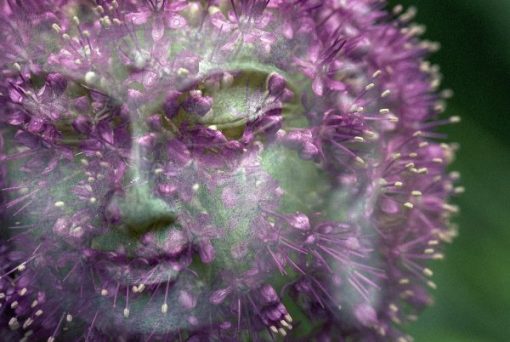
When it is overactive you can become too entrenched in being righteous about your faith, spirituality or intellectual beliefs. You probably consider yourself as superior to others and people see you as being “far out.”
Common illnesses associated with an imbalanced crown chakra are a lack of joy, frustration, depression, headaches and migraine. You are also at risk developing psychological disorders, brain disorders and epilepsy.
To heal your crown chakra try this meditation exercise.
Ayurvedic yogis say there are a further five energy vortexes that exist on the outside of the body. It is these chakras that connect us to the higher and lower astral planes where our subconscious experiences other astral dimensions.
Personally, I’ve only had brief glimpses of other astral plains so cannot confidently state they exist with any authority. However, during the research for my books, I have met and/or interviewed numerous people with fascinating stories to tell about external energies and the abundance of astral planes that exist inside the Matrix.
What I do know, and science backs this up, is that we are electromagnetic energy and connect with the electromagnetic field which is omnipresent in the Universe. Perhaps this is the God that religions harp on about.
It is our outer chakras that connect us with our spirit guides and innate powers. We are also able to pull information from the electromagnetic field, a phenomenon Edgar Cayce described as the Akashic Records. Essentially, this is our eternal wisdom which we can access at any time.
According to eastern Yogis, the eighth chakra is 12-18 inches below the soles of your feet and goes into the earth. Also known as the ‘Super root’, this is the energy that anchors us to the magnetic planet and is the grounding chakra of the seven chakra system.
However, it seems that in western thinking the Earth chakra is the tenth chakra, but most of the information I have read on the internet about the outer chakras is inconsistent – so I don’t buy into that new-age bull.
Instead, I will stick to the ancient principles Indian Yogis have been using for thousands of years. There is a lot of disinformation on the internet so be careful what you believe and back up the evidence with several sources you feel you can trust. (clue: they are not often on the first page of search results!)
When we consciously connect with the ninth chakra we come into contact with feminine energies. It is located about six inches above the crown chakra. It is the ninth chakra that we connect with our soul, and thus explore the emotions we are supposed to feel. Your soul is your true self. This chakra is also known as the soul star chakra.
The tenth chakra is linked to solar consciousness and connects to the masculine energy of the divine self – the source from which the soul is born – i.e Eve was created from the rib of Adam. Eve is symbolic of lunar energy, Adam, symbolic of solar energy.

You connect to the solar chakra through the lunar chakra, thus we have masculine and feminine energies bonding together and creating balance. The tenth chakra also reinforces the creative powers that reside in the sacral chakra which is feminine energy.
When you connect with the eleventh chakra you have stronger healing powers. It connects with the solar plexus chakra in the third dimension which can be used to great effect to dissolve the ego.
Known as the Galactic chakra, it is here that you can experience previous incarnations and heal emotional traumas from past lives and from your past in this life. When you connect with the Galaxy chakra you feel a strong pulsating wave starting from the Earth chakra and moving through your body until it fades away.
The twelfth chakra connects us with universal energy where we can access the collective unconscious, or as Edgar Cayce described it the Akashic Records.
It is in the twelfth chakra that we connect with transformational energy. We are open to receive information we need to know and when we act upon that information it brings about the transformation you want to achieve.
This level of consciousness is known as Christ consciousness and strengthens the power of the crown chakra.
Working with energy and balancing your chakras is great for your health and general well-being. If you regularly feel low, contact Master Mind Contact today and learn how to balance your chakras – we even offer you some philosophical advice that can help!
Furthermore, some of the stories surrounding the legends are so far-fetched they are not believable. For example, when the historical Buddha, Prince Siddhartha Shakyamuni, was born he is said to have taken seven steps and said:
“I alone am the World-Honoured One.”
Not only is a walking, talking toddler, he’s also got a supermassive ego!
This didn’t happen – because it can’t.
In Buddhist symbology, this story is reflected by statues of an infant Buddha with one finger pointing upwards and another downwards. It is taken quite seriously, although is purely symbolic.
The event clearly didn’t happen immediately after birth. Even as an infant, not yet enlightened and only predicted to become a Buddha only if he left the Royal Palace, it is a stretch to believe Siddhartha declared he alone is the world-honoured one?
I’m not suggesting the historical birth of Buddha did not exist. My thought on the matter is that it does not matter. What I am sure of is that enlightened men like Buddha Gautama have lived throughout history. My view is that accounts such as the birth of Siddhartha Shakyamuni and the subsequent legends of his life reflect these men.
Essentially, myths are stories that teach us all how to become enlightened like the revered heroes from the past.
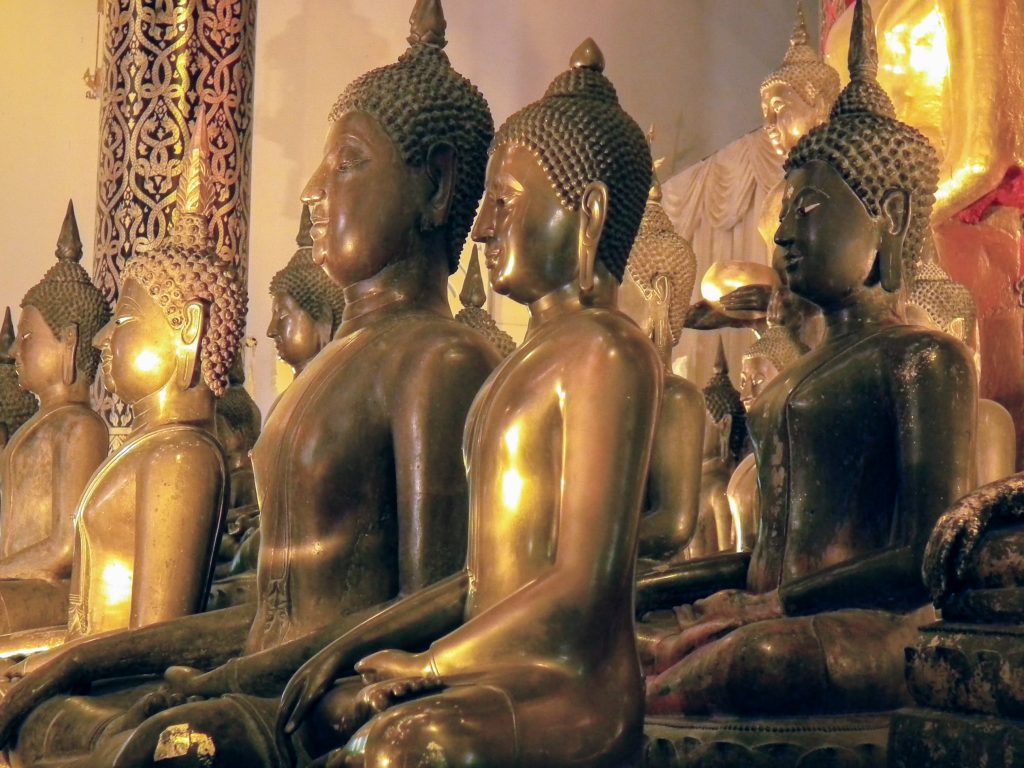
Buddhist lure shares similarities with both Hindu and Hellenic mythology among others. A Homeric poem written in the 6th Century BCE explains the God Apollo was born with superhuman strength. At the age of four days, Apollo kills the serpent, Python. In another Greek myth, the hero Hercules, son of Zeus, also strangles serpents whilst still a baby in the crib.
Nobody suggests the two Greek gods ever existed or that these “histories” are true. Is that perhaps because Greek Gods are no longer part of modern religion?
Yet the concepts within the Hellenic stories are the same as we find in the legend recounting the birth of Buddha. And there are many other familiar patterns embedded as historical fact in modern religions that share striking similarities with ancient myths.
The historical evidence of Siddhartha’s existence is thin, to say the least. All we really know is that he was the son of a man named King Suddhodana – except he wasn’t a monarch, but an oligarchy.
The name Suddhodana means, ‘he who grows pure rice.’ This implies Siddhartha’s father was a merchant rather than a king. Without any hard evidence of the families existence, we just have to accept the family had some authority in the province of Shakya and Siddhartha became Buddha Gautama, the founder of Buddhism.
In reality, it is probable that many enlightened men existed long before Siddhartha was born.
In relation to Siddhartha’s birth, Buddhist legend explains his mother, Queen Devi Maya, was travelling from the family home in Kapilavatthu to her parent’s home in Devadaha. Midway she is said to have stopped in a grove in modern-day Lumbini, Nepal. That evening she gave birth.
Today this location is the site of the Maya Devi temple, a primary pilgrimage for Buddhists.
 ]
]
It’s hardly what you can describe as categorical proof – and certainly not when you consider Asoka was on a mission to help spread the religion of Buddhism across Asia at the time.
Scholars don’t even know in which epoch Siddhartha lived. For many years, the general consensus was that Buddha Gautama lived between 490-410 BCE or 450-370 BCE. Either of these dates was accepted by the wider Buddhist community.
That date changed in 2013. A timber structure discovered by a team of archaeologists in the Maya Devi Temple at the Lumbini pilgrimage site is thought to be a shrine. The wood was carbon-dated to the 6th-century BCE and is at least 300 years older than earlier shrines.
The discovery pushed the birth of Buddha back another 100 years or so than originally thought.
Even still, a shrine is not proof this location was the birthplace of Buddha Gautama. It just proves this location was used by ancient Buddhists in this area.
The Buddhist monk and writer, Geshe Kelsang Gyatso states Siddhartha was born in 624BCE. Archaeologists say 550BCE. The Chinese say Buddha lived around 949BCE. Who knows.
The archaeological team that found the fragment of the tree suggest a shrine was built to mark the spot Buddha Gautama was born. When the modern temple was built as a dedication to Maya Devi, the brick structure was built directly over it.
You, therefore, have to ask yourself why did the builders not keep the tree on display for people to come and pay homage to?
The obvious answer is, they didn’t. They buried it under the temple floor because the piece of timber has no significance whatsoever.
It seems scholars here are trying to claw out historical facts to fit the story. But the evidence is so thin, you have to wonder what archaeologists are actually taught in University. It certainly isn’t logic. Yet ironically, this is one of the qualities the legend of Buddha’s birth spells out.
Some people believe this account really happened:
When the Queen stopped to rest at the grove in Lumbini, she bathed in the pond then went across to admire the blossoms on a tree. It is at this point she went into labour and gave birth to the future Buddha Gautama.

A plaque in the Maya Devi temple shows the pregnant queen holding on to the trunk on a tree in the throes of labour pains (the details are not that obvious, I am merely scene setting).
Also featured in the artwork are two female characters and two other, somewhat mysterious characters. The official literature at the Maya Devi temple reveals the two other women are the queen’s sisters, and the other characters are the Hindu gods, Brahma and Indra.
The piece of art is also used as evidence of Buddha’s birth. Whilst it is unlikely Indra and Brahma were actually in attendance is nonsense given they don’t exist, Buddhist legend states Maya Devi did have sisters.
In actual fact, records reveal the queen died seven days after giving birth and Siddhartha was raised by her younger sister, Pajapati who was also married to King Suddhodana.
Scholars acknowledge Buddha Gautama actually existed, and I am in no position to dispute their claims. However, when I read the story of Siddhartha’s birth, I noticed the same patterns of symbolism that are present in myths of other cultures. There is certainly more symbolism than historical evidence.
The story pertaining to the birth of Prince Siddhartha is rich in symbolism. But not just any symbolism. It has significant numbers, images and concepts that are found in creation stories from many cultures.
We touched upon the story recounting the birth of the historical Buddha earlier. Now we’re going to take a closer look at and examine the symbolism in more detail.
One evening whilst resting in her chambers, Queen Maya had a prophetic dream. In the dream, she saw a white elephant carrying a lotus flower in its trunk. The elephant walked around her three times before entering her right-hand side.
The elephant entered Queen Maya’s womb from the right side of her body. Prince Siddhartha was also born from the right side of her body. The right side of the body is controlled by the left side of the brain, mostly associated logic, analytical thought and reasoning.
It’s interesting to note at this point that the Hindu God Indra also emerged from the right side of his mother when he was born.
Just after his birth, Indra kills his father who is trying to murder him – just like Cronus does with each of his children in Greek myth – and also slays the demon snake Vritra.
As I mentioned earlier, Hercules and Apollo also kill serpents as infants. The two characters from Greek mythology bear resemblance to the sun; Apollo means sun, and the story of Hercules involves him overcoming twelve labours which represent the twelve signs of the zodiac.
Indra was originally identified as a sun god. The “thunder” god of Hindu mythology also carries a Vajra, a lightning bolt, another direct comparison with the Greek God, Zeus, the father of Apollo and Hercules.
Although there is no denying there are close relationships between Hindu and Greek myth, these connections seem very loose. And when considered side-by-side without a fundamental glue, it is clear to see why the similarities appear to be a coincidence.
But as the great yogis say: there is no such thing as coincidence.
Hindu myth-inspired Buddhism. Buddhist legends tell us that the God Indra appears at the moment Siddhartha was born.
The connection with all the gods I mentioned above and the birth of Buddha is that all gods represent aspects of energy and human nature. The sun, and thus sun gods, represent the mind, intelligence and man’s capacity for logical and analytical thinking.
The sun is symbolic of enlightenment. Buddha means “the enlightened one.”
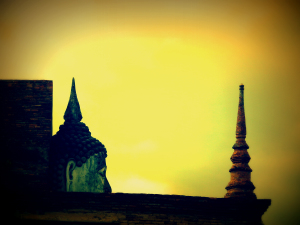
Let me explain.
All energy has potential. And each of the gods I mentioned are infants that show extraordinary potential. In the story of the historical Buddha, King Shuddhodana summons 64 Brahmans to interpret the Queen’s dream.
This is quite a remarkable detail about King Shuddhodana considering we know very little else about him. And why so many as 64 Brahmans?
The Brahmans tell the king and queen their son will either become a great leader or an enlightened being. This is his potential. Upon hearing this, the king decided their child would be called Siddhartha, meaning ‘Perfect Fulfilment.’
The myths are basically explaining the transformation of energy from potential into manifestation. This is how energy works.
Now compare this with Apollo, Hercules and Indra. Apollo is the sun, representing enlightenment; Hercules successfully completes the 12 labours and becomes a god, and Siddhartha becomes Buddha. He mastered his mind.
All three characters fulfil their potential, just as energy fulfils its potential. In nature, the potential of energy is synergy, symmetry and beauty. It creates (Brahma), destroys (Shiva) and manifests (Vishnu).
Every experience we have is created by how we transform energy. If you keep having bad luck it is because you are manifesting bad energy, so you need to change your habits to avoid bad experiences and create better experiences. You can do this when you understand how energy works.
So what of Indra, and why does the Hindu God of War appear in the story of the birth of buddha?
The opening verse of the Hindu myth that recounts the story of Indra’s birth, Rig Veda, Mandala 4, Hymn 18 says:
“This is the ancient and accepted pathway by which all Gods have come into existence. Hereby could one be born though waxen and mighty. Let him not, otherwise, destroy his Mother.”
Remember, Indra and Buddha are both born from the right side of their mother, representing the analytical aspect of the brain. Queen Maya dies seven days after giving birth.
One aspect of the feminine principle is emotions, therefore the analogy here is to think things through before acting on impulse – traits that are driven by emotions.
Indra on the other hand, kills his father, replacing him just as a thought replace earlier thoughts and ideas. Indra also kills a serpent which represents emotions. Indra’s mount, the white elephant Airavata represents the qualities you need to overcome subconscious programs that impact your emotions.
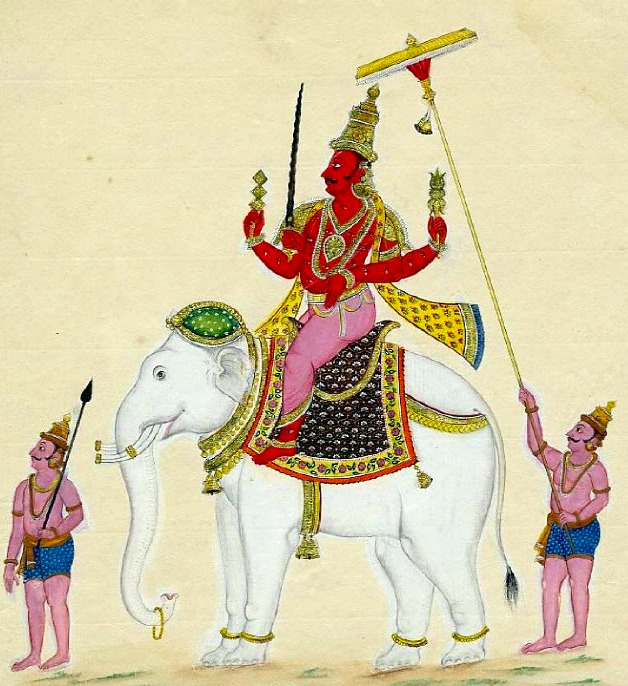
Emotions cause craving, temptation; just as the serpent in the Garden of Eden tempts Eve into eating the fruit from the Tree of Knowledge of Good and Evil.
Craving causes suffering.
One of the cornerstones of Buddhism is to overcome attachment. In doing so, you abandon desires towards material possessions and are able to control your emotions and bring peace to your mind.
In his book, Introduction To Buddhism, Geshe Kelsang Gyatso explains that Shakyamuni means the “Able One” of Shakya – the province which his father ruled.
The symbolism in the birth of Buddha teaches us that we all have the potential to become enlightened. Furthermore, we are all able.
When the baby Buddha declares “I alone am the world-honoured one,” Siddhartha is expressing the Buddha-nature that is inherent in each of us. The Absolute. Energy. And Buddhism also declares we are connected.
We are connected by the same energy. We are unique because we transmute energy differently. The seven steps taken by the new-born Buddha represent the seven chakras and the seven stages of alchemical transmutation. This how we transform energy as explained by the hermetic alchemists of the middle-ages.
So is the birth of Buddha Gautama actually historical fact, or a symbolic analogy of a Buddhist creation story – one that explains the True potential of mankind?